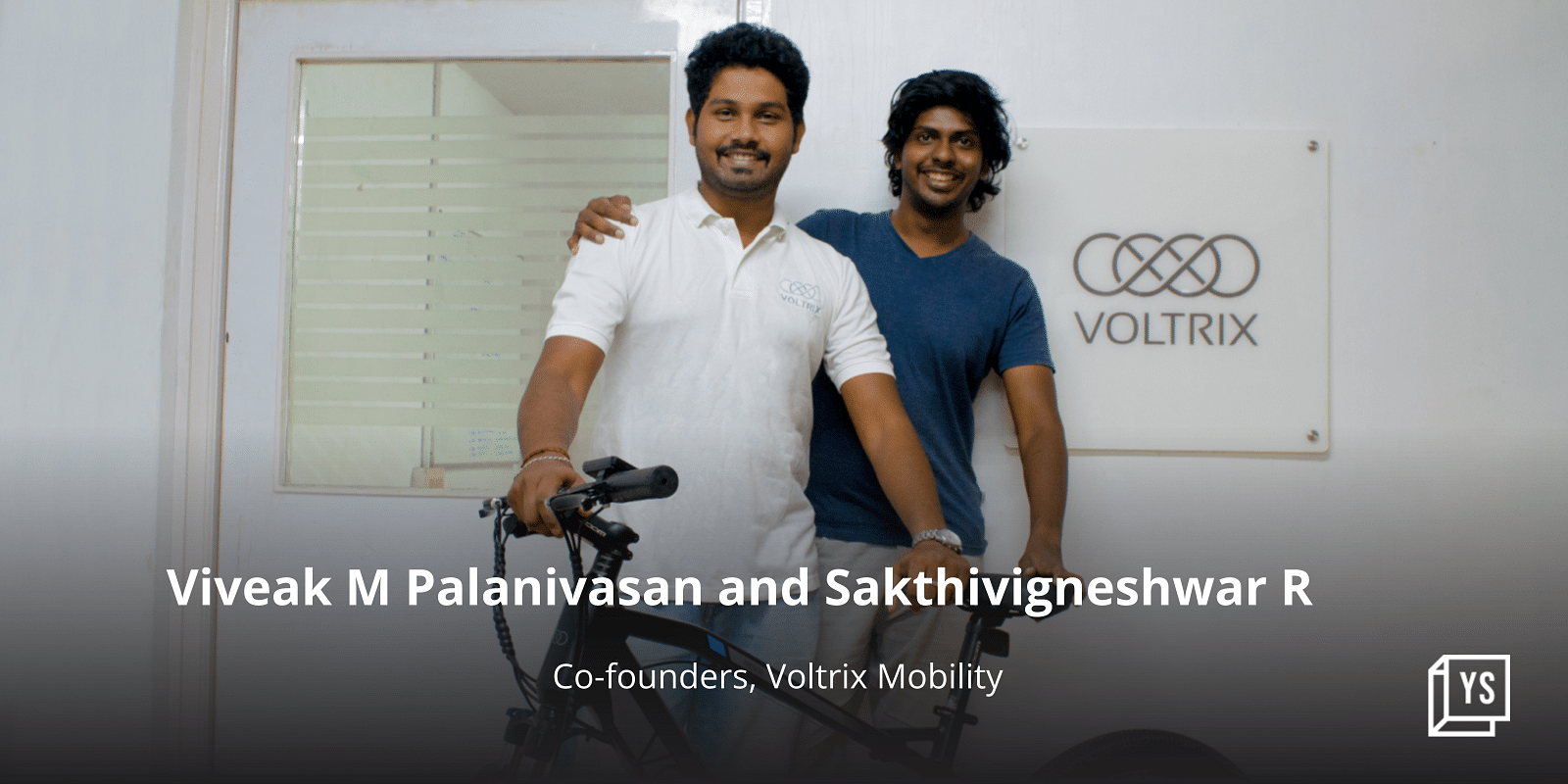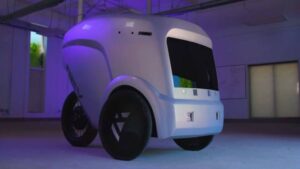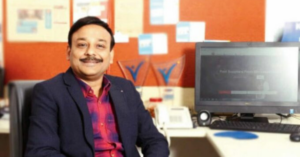India has a budding electrical vehicles (EV) ecosystem, with both central and state governments pushing for EV adoption across segments—two-wheelers, three-wheelers, and four-wheelers. More Indians are going electric—with 155% year-on-year growth in EV adoption according to the Federation of Automobile Dealers Associations.
While e-bicycles may not have as many players in the market, their fitness-focused benefits are prompting many to switch from two-wheelers. They offer low-cost, energy-efficient, emission-free and cheaper alternative transportation for daily commute and joy rides.
Chennai-based Mobility is an e-mobility technology startup focused on creating a vertically-integrated platform for the fast-paced development of e-bicycles for consumers and B2B delivery needs. Founded in 2019 by Viveak M Palanivasan and Sakthivigneshwar R, the startup launched ‘Tresor’—an electric bicycle specially designed for urban transport—in January this year.
The inception
Viveak and Sakthi, who were introduced to each other by a friend, were keen to build a business of their own.
Viveak was part of the management team in a solar rooftop company focused on providing solar power solutions. Sakthi, on the other hand, was a core development guy; he participated in international competitions with his electrical and IoT-based solutions.
They decided to start up in the clean energy space. During the market research, the founders spoke to customers and realised there was a huge scope for the development of e-cycles. They sensed an opportunity as there were very few players such as Hero Cycles, GEEKAY, and E-Trios working in the segment.
The team put together the Tresor bicycle by solving each consumer pain point, such as battery protection during rains, pedal-assist system, extending battery life, and charging scope. A team of 15 full-time employees were working on the project, and a further 10 externally assisted in the spheres of finance, logistics, and IP.
Tresor
Technology behind Tresor
The company’s first offering, Tresor can ride up to 60-80 km on a single charge. It would cost only Rs 3 per charge, and charging can take up to 4 hours.
The startup says that its differentiation includes making the battery so that it can be carried in a bag and charged using a mobile charger. Upon its removal, Tresor can be used as a normal cycle.
It also employs the use of I-PAS (Intelligent-Pedal Assist System), which allows for easy driving and long battery range based on five levels of pedal assists and one level of 100% manual. It allows the rider to peddle without much push or pressure. The e-bicycle can run at the highest speed of 25 km per hour at level 5.
With Sakhti at the helm, Tresor’s technology is built on the base version of the BOS (Bike Operating System)-Antares 1.0 that has been built over the existing hardware and helps to integrate all the vehicle’s electronics.
Viveak tells YS that close to 60% of the e-bicycle’s reliability, performance and user experience depend on electronics such as battery management system (BMS), motor controller, and sensor system. However, companies operating in the market gave more importance to mechanical systems like suspensions—something that Voltrix would change using its Antares its operating system
“To differentiate ourselves, we focused more on our bike operating system that will bring all the electronics, together ensuring that consumers are having a better user experience and reliability,” the Founder and CEO of Voltrix Mobility says.
He adds that the company is looking to build its own hardware which will feature various technical features such as reduced battery size and keyless authentication.
The team iterated with various battery models and e-bikes. The current variant is the base model and Voltrix says it will come up with another model in a year, with advancements such as Antares 2.0 OS, keyless authentication for safety, range estimate display, and reduced battery size.
It also plans to reduce the charging time, improved safety features for the battery pack, introduce a scalable controller which can be extended to a variety of bikes and two-wheelers, improve the diagnostics system, and authentication of spare parts.
Tresor
Challenges
The biggest challenge the startup faces is building a robust supply chain due to the lack of a manufacturing ecosystem for e-cycles in India as most of the critical and quality bicycle components are imported. For instance, Viveak highlights that crank, disc brakes, and gear systems are either not manufactured in the country or are imported even if they can be manufactured in India, increasing the lead time—from start to finish.
As a new entrant, Voltrix found it extremely difficult to source materials as the order quantity was more than required. With time and trust, the founders were able to source the materials from reputed manufacturers.
“We had to show what we were trying to do and show our designs to convince the manufacturer to supply the materials,” says Viveak.
He adds that the manufacturers were happy to help after seeing the designs. Voltrix imports its materials from Taiwan, China, Europe, and Vietnam.
However, the CEO says the company is looking to source from within the country. The team want to start with procuring electrical components domestically.
It is working on vertical integration of products—designing the component and getting it manufactured externally.
Market opportunity
According to KPMG, the Indian bicycle market size was pegged at $1.3 billion and is expected to grow to $3.51 billion by 2030, with e-bikes accounting for the strongest growth.
The e-bicycle consumer segment is still at a very nascent stage, not even accounting for 1% of the total bicycle sale, tells Viveak.
This presents an important challenge for the company. To tackle this, Voltrix plans to build cargo e-cycles such as utility cargo and front load cargo for the B2B segment.
“The B2B segment would kick off immediately, while B2C has shown consistent growth over the last two years. With the support of dedicated cycle lanes and infrastructure, we can expect it to grow even faster,” he adds.
The company has not raised any funds but it is looking to raise a seed round to build the platform and for multiple product development activities.
(The story was updated to correct a typo in the headline.)










